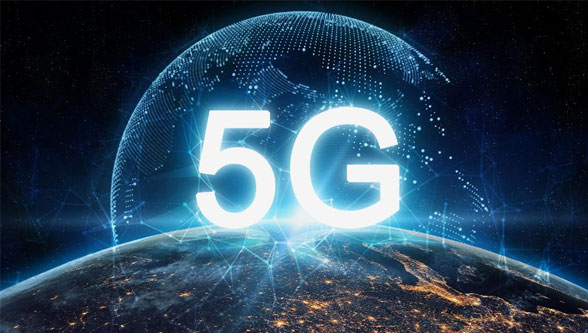American cell providers began their rollout of 5G in 2019 but quickly ran into difficulties that led to an underwhelming start to the next generation of cellular networking technology.
The year 2020 is expected to be better for 5G, with new devices and improved network infrastructure potentially making the technology more enticing to consumers. However, big challenges remain for 5G that can’t be solved with the technology that providers are using right now.
Here are the current technological barriers that 5G is facing — and how new technology can pave the way for better performance and potential mainstream adoption.
The Challenges That 5G Faces
Some of the problems standing in 5G’s way are more due to lack of interest than fundamental problems with the technology.
For example, the current spotty coverage is expected to improve slowly as providers invest in new network infrastructure. It’s likely that 5G will be deployed across most of the country within a few years, although rural areas may have to wait longer. And while the lack of a modem that can connect to both 4G and 5G networks has discouraged some consumers, Qualcomm is already preparing to launch their new X55 modem, which will allow phones and devices to connect to 5G networks.
However, 5G also faces problems beyond a lack of infrastructure and affordable devices. Worse, these problems are likely to become more pronounced as 5G is more widely adopted and a growing number of devices begin sending and listening for signals on a tight band of frequencies.
This proliferation of devices creates a few different problems. The number of devices connecting to the same few service antennae, as well as fighting over finite frequencies, could potentially lead to radio frequency interference that hampers the speed and strength of 5G connections.
At the same time, most of the available spectrum below 6 GHz is now allocated. With more devices that need to connect, providers will turn to the high-frequency spectrum. At these higher frequencies, radiofrequency propagation is reduced. That means the bandwidths available will likely be shorter-range and may not be able to penetrate through buildings. This could lead to a spotty network and bad connections indoors, even when network infrastructure is nearby.
5G networks also won’t just be connecting phones to the network — they’ll also be allowing IoT devices to monitor safety equipment in a factory, or help to keep a self-driving car on the road. This means higher stakes and bigger risks for dropped connections and spotty signals.
Key Technologies Needed for 5G
Each of these problems will require a different technological solution.
High-frequency spectrum usage will require new ways to connect devices to network infrastructure. One of the most promising methods combines high-frequency wireless with mmWave mesh networking, which uses other mobile devices in the network to connect devices that might be out of range, expanding the reach of limited high-frequency base stations.
Interference mitigation technology, like radiofrequency filters and inter-cell interference coordination (ICIC) will help reduce the impact that radiofrequency interference has on 5G’s performance, especially for cell edge users.
Massive MIMO (multiple input/multiple output), an extension of existing MIMO technology, is seen as one of the key technologies necessary for 5G to work at scale. Massive MIMO essentially groups together antennae at network receivers to improve network throughput and spectrum use efficiency. This tech will probably be necessary for increasing channel capacities to meet the expected strain on 5G and improve connections for devices located at the edge of cell networks.
Sprint has already tested massive MIMO in Suwon, South Korea. There, the company said it was able to improve channel capacity by 300 percent and cell edge performance by 200 percent.
The denser networks that massive MIMO can provide may also help alleviate some of the challenges posed by limited radiofrequency propagation at higher frequencies.
The Tech Needed for 5G’s Success
5G’s rollout wasn’t a great start for the technology. A lack of network infrastructure and limited 5G-capable devices meant that accessing the network required consumers to both invest in new devices and live in specific areas.
The year 2020 is expected to be a better year for 5G — with providers expanding 5G networks and launching newer, cheaper devices — but 5G still faces significant challenges, like radiofrequency interference and limited network capacity. For 5G to work for everybody, providers need to implement new network technologies, including massive MIMO, mmWave mesh networking and ICIC.
Article by —
Megan Ray Nichols
Freelance Science Writer
nicholsrmegan@gmail.com
www.schooledbyscience.com/about
Read More Articles




